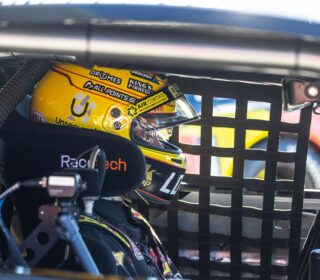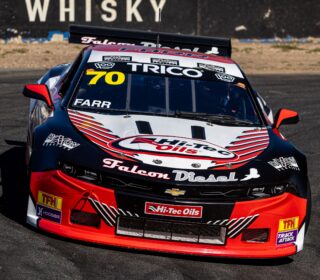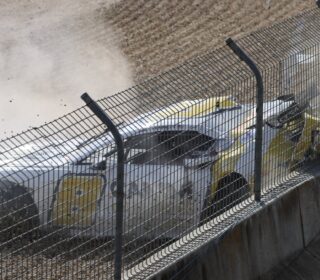SUPER 2: THE RIGHT STUFF
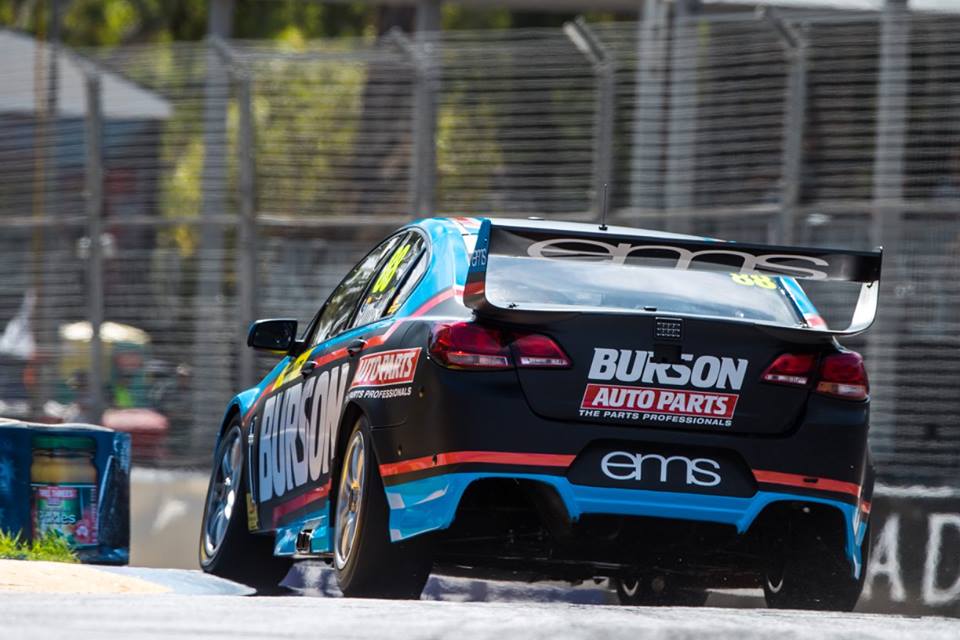
In March 2000, the then AVESCO branded V8 Supercars launched a series for ‘older model Falcons and Commodores.’ And so the Konica Lites, a second V8 Supercars series was born.
From a modest start in March 2000 at the Eastern Creek Raceway the first series was contested over five rounds across four different states. By the end of 2000, 27 cars had contested all or some of the rounds of the Championship: In hindsight an excellent first year for any category.
To say that the current Super 2 alliteration for the series has had a rocky history would be an understatement.
Konica Lites gave way to sponsor branded titles with Fujitsu, Holden Performance Driving Centre and Dunlop all taking naming rights to the junior V8 Supercar series. With a lack of separation and some fan confusion, the Development Series tag was introduced around 2010 to clearly identify the junior Supercars category.
Fast forward to 2017: After a period of instability, rising costs and dwindling competitor numbers, Supercars undertook a major review of the category and provided much needed management and marketing support. Re-branding by way of Super 2 launched the invigorated series at the Clipsal 500 in March of that year. Dunlop, too, cemented its long standing position as naming rights sponsor.
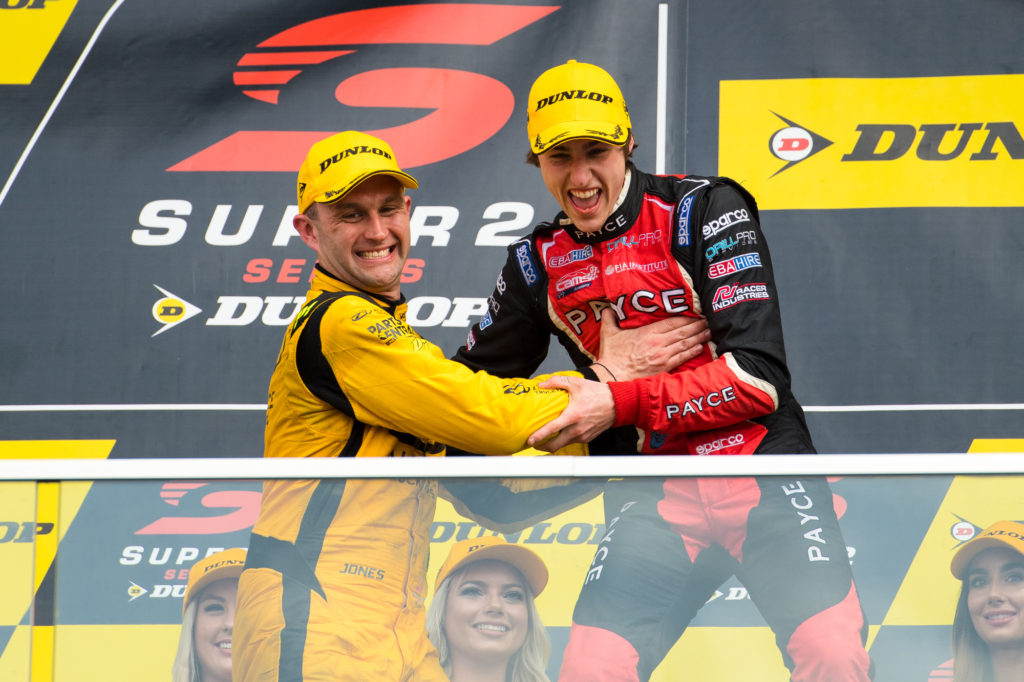
A big change to the look and feel of the Series has been the changing of the guard.
For many years’ privateers, older drivers with meagre budgets and ageing equipment made up the bulk of the grid with a smattering of Young Guns up front. Not anymore. The series now boasts a raft of hungry young talent all using Super 2 as their chance to be noticed and scooped up by a Supercars Championship team.
It is not only drivers looking to move up, it also provides another avenue for main game teams to run full entries or satellite relationships. Using the series as a breeding ground for young engineers and crew and allowing vital experience of drivers aiming to step up to the Championship has been a prime motivator.
Supercars Championship team, BJR has the honour of contesting the most Super 2 seasons, racking up 14 seasons of the 19 conducted to date. Team Owner Brad Jones explained his team’s philosophy behind its second tier program.
“We started with Andrew and our target was always to groom him to go into the main game, but it very quickly became a series for us to not only get drivers up, but to also train mechanics, staff and go through that whole process. So it really has become such an important stepping stone for anyone trying to get into the main game and it is a very important part of our business.
“Price wise it is not too bad. We went through a period of couple of years back where numbers were dwindling and I was indeed wondering if the category was getting to the end of its life. Supercars stepped in, in particular Damien White worked hard to get the numbers back up again and handed the baton onto to Paul Martin. Both did a really good job of numbers and competitor interest.
“If you look at last year, five new drivers have graduated into the main game and have all had a run in the Super 2 series. That shows just how important the category is in developing drivers to be on the pace as and when they step up.” Jones said.
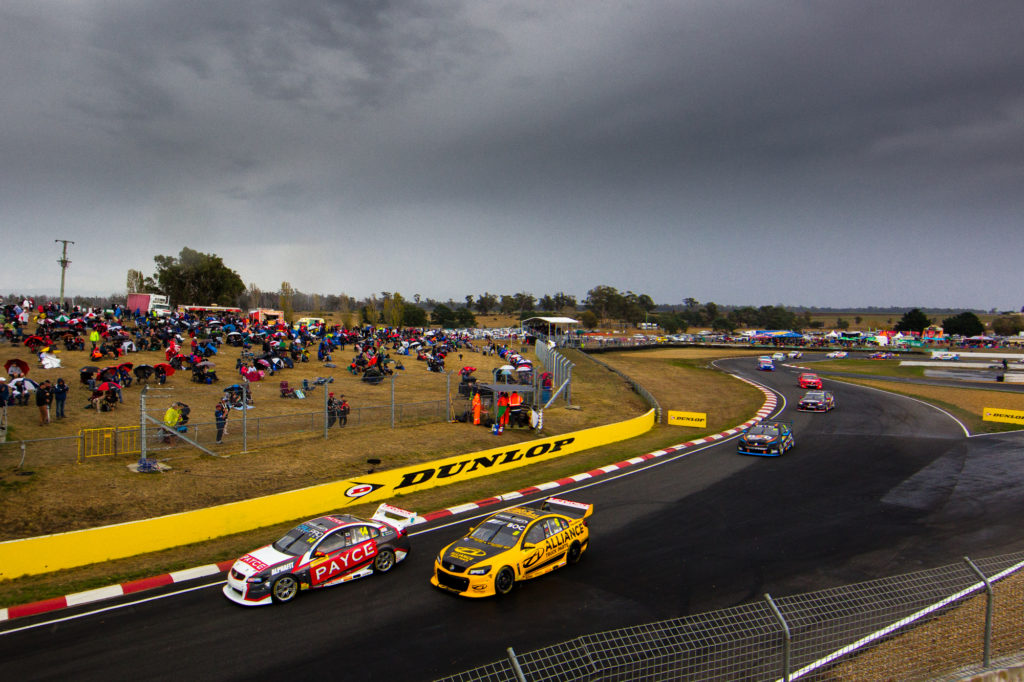
Another team which has a long and successful history with the Super 2 category is multiple championship winners Eggleston Motorsport.
Unlike BJR, Eggleston use the second-tier series as its mainstay of motor sport business. Forging a strong association with Triple 888 Engineering, Eggleston have not only hosted Paul Dumbrell as their main driver, they have assumed the role of the satellite team for the powerhouse Roland Dane-owned squad.
This model serves the team very well with technical input and first class equipment at their disposal. Other teams such as Matt White Racing have successfully employed this strategy with White having long term ties with Prodrive / Tickford Falcons before taking on the mantle of the Nissan Super 2 squad.
Eggleston Motorsport Team Principal Ben Eggleston believes the development of young talent is the key to the series success.
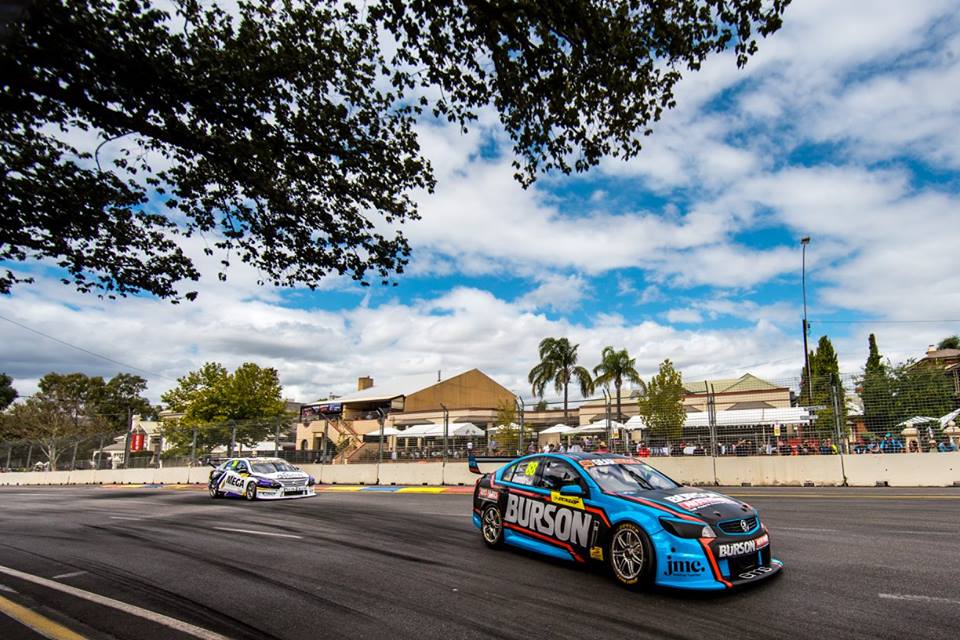
“I think this year is shaping up as a very strong series. There are six or eight new competitors which the sport always needs to develop the young guys. I am still a firm believer that you need experienced drivers here as well for the young guys to learn off. Guys like PD, Dean Fiore, even Garry Jacobson who have been in the series for a long time. It helps the younger drivers learn what to do and how to manage themselves over a weekend. 2018 has a lot of good cars and lot of good teams.” Eggleston commented.
Eggleston Motorsport ran the older generation V8 Supercar a year longer than most leading Super 2 squads, switching over at the start of 2017.
Eggleston admitted that the while the newer generation COTF had added cost it was a far better platform for driver development.
“The budget is more to run competitively now with increased costs in servicing transaxles and other components. While a driver has to raise a bigger budget they are now running in the same equipment as those guys around them and are very close to the Supercar Championship spec cars. You will probably see however that the there will be a changing of the guard again in a few years as guys like Will Brown and others step up and a new layer of younger drivers emerge. The whole landscape will change again as it always has to in Super 2.”
Ben Eggleston echoed Brad Jones’ comments commending Supercars for the focus they have placed back on the category.
“It was only a couple of years ago that we may not have raced here at the Clipsal 500 and that would have been bad for the series. However, Supercars management are working really well with the competitors and I think the series is strong as it has ever been.’
From a drivers prospective too, Super 2 is delivering.
2017 Champion Todd Hazelwood stepped into his first Adelaide 500 in March and owes the journey to the grid in Adelaide to his Super 2 career.
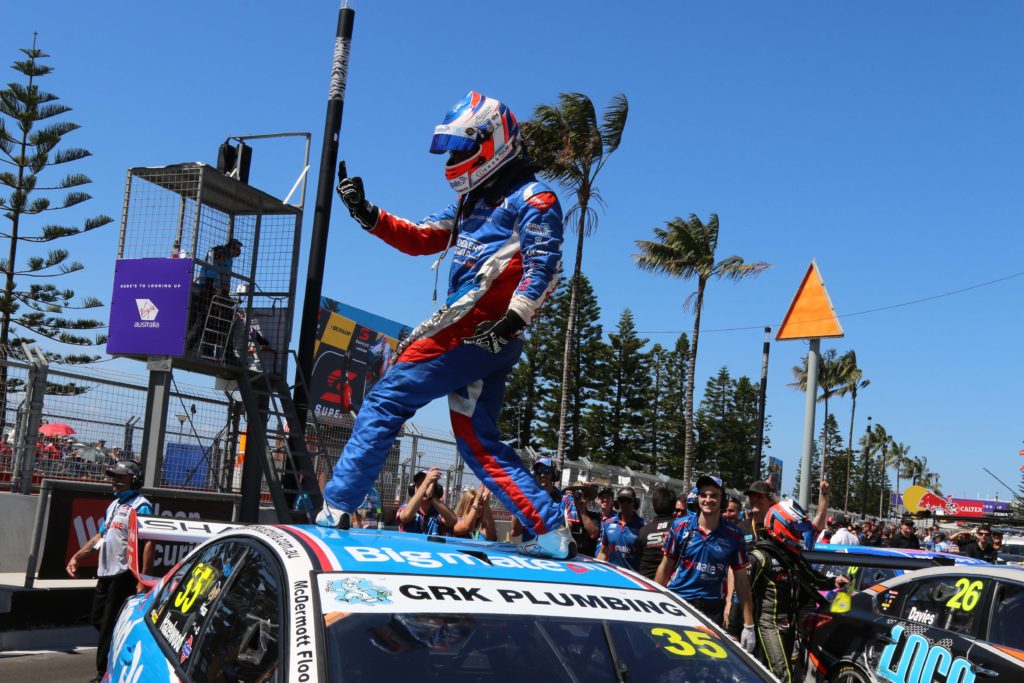
“It (Super 2) is the ultimate stepping stone. You are essentially driving the same cars as the guys competing in the main game. You get a true taste of what’s involved. From my point of view, I learnt all the tracks, I learnt the race craft and learnt how to maximise the set-up of a Supercar. That is probably the point that a lot of people do not realise. The cars can be finicky to set up and if you can get a good understanding of that it is key. It certainly has helped me get to where I am today.
“We put ourselves on the map working with Tim Blanchard last year. It also gained us a lot of respect from other competitors. Although we had an up and down campaign, there were some real highlights to take out of the three Endurance events.
“I am incredibly proud to be here today (at the Adelaide 500) and could not think of a better team to be part of.’
The 2018 Dunlop Super 2 Series will be run over seven rounds.
WORDS: Dale Rodgers
IMAGES: Dirk Klynsmith Photography / Brad Jones Racing / Matthew Paul Photography



